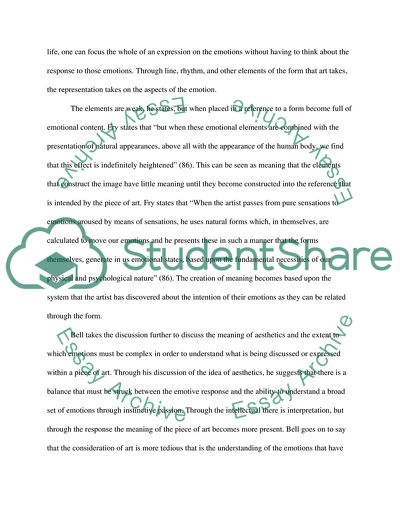Cite this document
(“Formalism, Modernism, and the Connection to Sociological Discussion Book Report/Review”, n.d.)
Retrieved from https://studentshare.org/social-science/1597450-formalism-modernism-and-the-connection-to-sociological-discussion
Retrieved from https://studentshare.org/social-science/1597450-formalism-modernism-and-the-connection-to-sociological-discussion
(Formalism, Modernism, and the Connection to Sociological Discussion Book Report/Review)
https://studentshare.org/social-science/1597450-formalism-modernism-and-the-connection-to-sociological-discussion.
https://studentshare.org/social-science/1597450-formalism-modernism-and-the-connection-to-sociological-discussion.
“Formalism, Modernism, and the Connection to Sociological Discussion Book Report/Review”, n.d. https://studentshare.org/social-science/1597450-formalism-modernism-and-the-connection-to-sociological-discussion.


